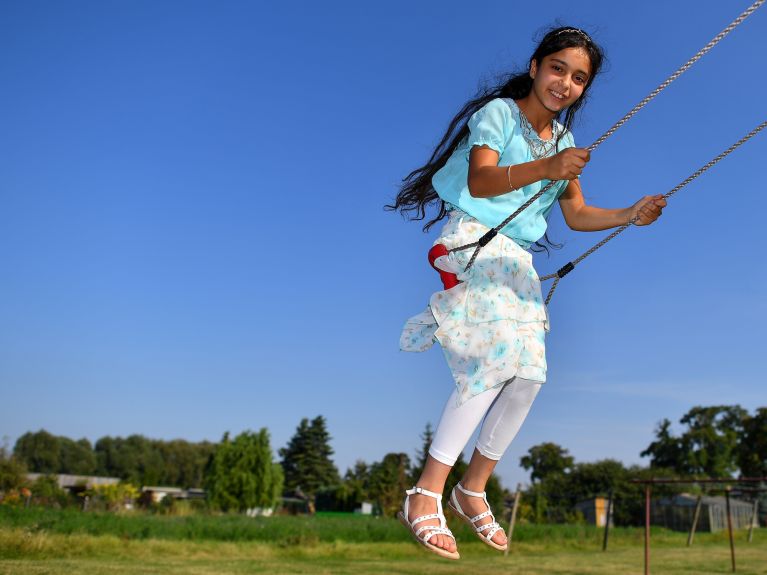Living together with new arrivals
Integrating refugees: This is how German towns and cities are succeeding.

Bonn, Düsseldorf and Cologne are setting a good example: In a joint initiative, the three Rhenish cities have signalled their willingness to receive boat refugees who fled their homelands via the Mediterranean Sea. Other municipalities in Germany are also working to help refugees. What can they achieve? Five questions and answers.
What role do municipalities play in receiving and integrating refugees?
A crucial one. More than one million refugees and asylum seekers have arrived in Germany since 2015. It is primarily the towns and cities where they find refuge and spend their day-to-day lives that shoulder the task of integration: The municipalities provide healthcare for the refugees, organise language courses, and ensure children attend school. They also offer assistance with flat-hunting and job placements.
How important are personal contacts?
Highly dedicated working parties and groups of helpers have joined forces in many communities. They organise an array of support programmes from language mentoring to help with homework to interpreting services, and promote interaction between refugees and locals. Initiatives such as the federal competition Living Together Hand in Hand – Shaping Local Communities show that integration is particularly successful where politics and administration work closely with citizens, associations and clubs.

Is integration more successful in small towns compared to large cities?
In line with the motto “It takes an entire village for successful integration”, towns like Everswinkel in the Münsterland region make use of the advantages of a small community: short, rapid information channels, everyone knows everyone else, and anyone can quickly settle into the sports club. Yet cities have their advantages too. International centres like Frankfurt, Munich and Berlin have always attracted immigrants from around the globe. Here, the locals are experienced in dealing with cultural diversity and people with different origins have long been integrated in the local economy there.
Wherein lie the greatest challenges of integration?
Education and qualification are among the most important tasks, as is housing migrants in affordable accommodation. In metropolitan regions with an overly tight housing market in particular, this is extremely difficult. Moreover, many refugees and asylum seekers associate visits to the authorities, who have the potential to decide their future, with fear and uncertainty. This has to do with the complicated official language of documents and cultural differences. Cities like Bremen, Berlin and Hamburg are consequently advertising for young people with a migrant background for administrative functions.
How do municipalities facilitate job entry for migrants?
In principle, job placements are the responsibility of the government, borne by the Federal Employment Agency’s job centres. That said, numerous municipalities have developed additional services. They set up central focal points for job-seeking refugees, document skills and qualifications in competence profiles, establish contact with regional employers, and train labour market guides who offer immigrants individual support with career orientation. Several cities, including Regensburg and Stuttgart, offer part-time courses for female migrants, who are often less flexible than men in terms of time.
